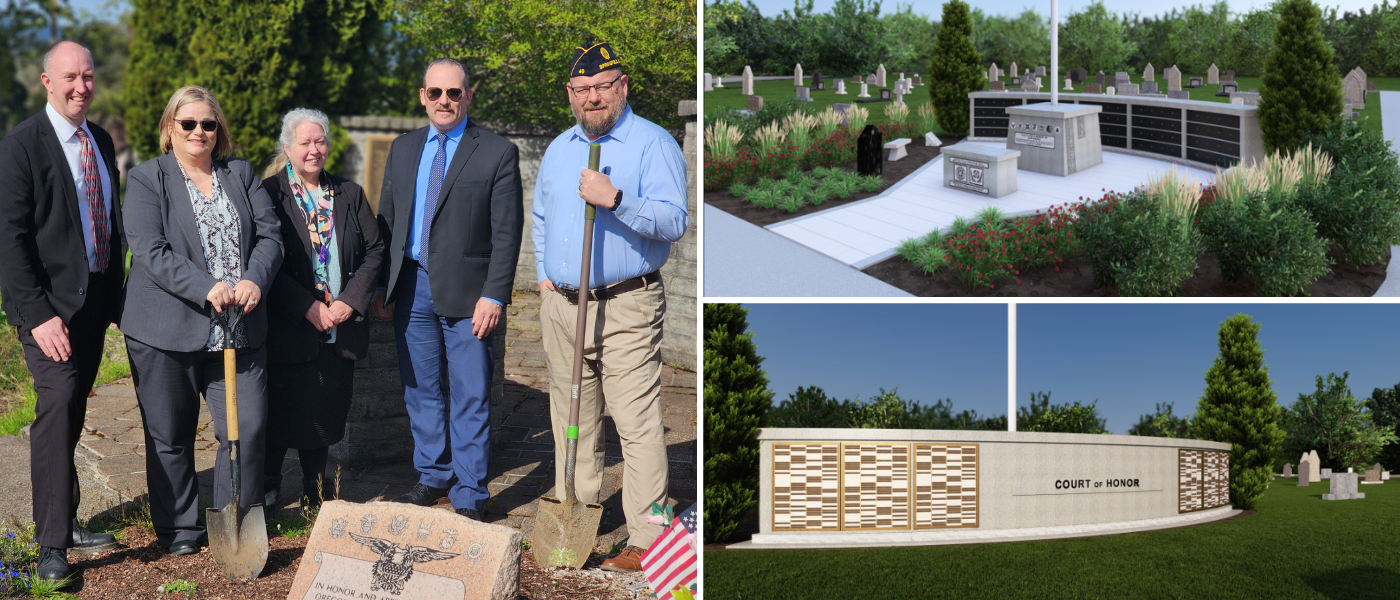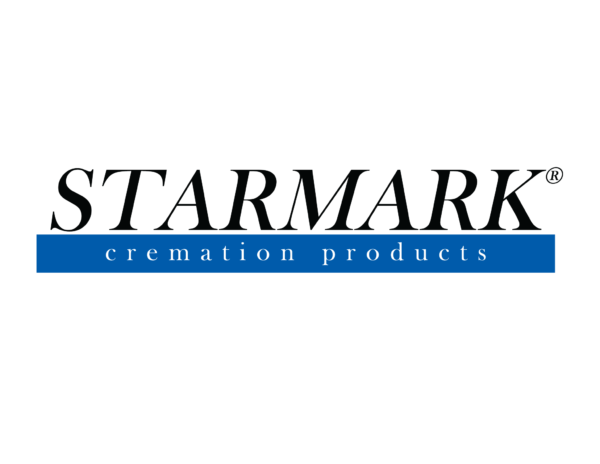Is Solace Human-Centered Cremation the Definition of Disruption In Deathcare?
It was just two years ago that Connecting Directors introduced our readers to Solace Cremation. At the time, the startup seemed like yet another technological novelty in the deathcare space. Its claims to fame were its two former-Nike-executive founders and a writeup in Adweek magazine — certainly not what you’d expect from a cremation company. But that quality — being the opposite of the status quo — is what has propelled this startup to phenomenal success in a short time.
Recently, Solace received $1.745 million in seed funding from Rogue Venture Partners for geographic expansion, key hires, and to improve its digital infrastructure. Rogue is the third west coast-based investor to put its money behind Solace’s vision. Maybe it’s because Solace now has more than 100 five-star Google reviews and grew more than 200% in 2020 alone. It’s following an upward trajectory and certainly seems like a solid investment. Perhaps that’s why these days, rather than its founders’ former jobs or publicity in a marketing publication, people are talking about Solace becoming a major disruption to traditional deathcare.
Defining disruption
A lot of fledgling companies position themselves as “disruptors” in their respective industries, but what does that term really mean? Clayton Christensen, a Harvard professor known as one of the world’s foremost authorities on innovation and growth, coined the term “disruptive innovation.” According to Christensen, disruptive businesses are characterized by lower gross margins (at least in their initial stages), smaller target markets, and “simpler products and services that may not appear as attractive as existing solutions when compared against traditional performance metrics.” Disruptors typically enter the market and relentlessly displace established competitors by changing user behaviors and providing a solution for an underserved market. Mobile phones, automobiles, and doc-in-the-box centers are great examples.
Now let’s look at Solace Cremation. In a profession (unfairly) characterized by inflated prices and add-on services and fees, Solace charges one flat, low price for its services: $895. That’s roughly $300 lower than their introductory 2019 pricing model. Lower gross margins? Check.
Solace started out with a small service area — three counties in Washington and one in Oregon. They’ve since expanded in those two states and added Los Angeles County in California. According to the company’s funding press release, Los Angeles County is the “largest cremation market in the United States.” Smaller target markets? Check check.
As for offering a “simpler” product or service, it doesn’t get much easier than having an app for that. Families can use the sleek Solace app during the entire cremation process, from making their up-front payment to arranging pickup of the body to ensuring cremains are delivered to the right address. No in-person arrangement meetings, no paper documents, and no hassle, perceived or real.
Convenience with care
Theoretically, a Solace family could complete the end-to-end interaction with Solace without the only person-to-person interaction being the removal of the deceased. But that’s not the experience Solace co-founder and CEO Keith Crawford envisions, nor is it what most families are looking for.
“[Solace families most appreciate] our excellent and compassionate service,” Crawford says. “Across the markets that we serve, we are one of the most-reviewed and highest-rated direct cremation services on Google.”
Solace offers 24/7 concierge customer care via phone, email, or online chat and operates three brick-and-mortar offices in Los Angeles, Portland, and Seattle. Overwhelmingly, Solace reviewers praise the company’s personal communication, transparency, and simple process.
“Another comment we hear from families is that because our experience is so simple we’ve been able to give them time back,” Crawford continues. “Time normally spent going to the funeral home, sitting through complicated arranging and sales process, laborious paperwork is now time the family can spend together.”
Born to be better
It was mutual lackluster experiences with funeral homes that led co-founders Crawford and David Odusanya to create Solace.
“My father had pre-arranged his service and when my family went to the funeral home, the experience overall was pretty terrible—the environment, the paperwork, the salesman,” Crawford explains. “[It t]ruly felt more like buying a used car than taking care of my dad. When I learned that my business partner, David, had a similar experience with his mom’s cremation, we decided to reimagine the entire experience.”
Crawford believes a unique human-centered approach is the key to Solace’s success and what differentiates the company from funeral homes and other direct cremation firms.
“We designed our entire model—price, design, technology—with families at the center,” he says. “There are other digital direct cremation businesses, but they are typically just an online version of a funeral home, still focused on selling. We’re focused on serving families and it has shown.”
Solace’s $895 flat price includes removal, storage, cremation, fees & permits, a Solace urn, return of cremains, tracking & taxes, and working with the U.S. Department of Veterans Affairs to arrange services at a national cemetery. Certified copies of death certificates are available at cost. Solace doesn’t charge extra for coroner or medical examiner fees, weight over 300 pounds, or device removal.
There’s also no charge for the return of cremains by USPS shipping or in-person delivery within the metro areas of the three offices. It’s all part of the company’s human-centered approach.
“Our focus is making the entire experience as easy as possible for the family, and, where we can, taking away pain points and stress,” Crawford says. “Additional trips to the funeral home don’t usually bring a family solace.”
Embracing disruption
According to its press release, Solace is on track to triple its growth in 2021. While Solace initially promoted its offering via digital marketing and SEO, personal recommendations are now driving its growth. That word-of-mouth, along with glowing reviews and fresh injections of funding, means there’s a good chance someone in your service area could turn to Solace rather than to you.
Instead of fearing disruption, though, why not take some lessons from it? Clearly consumers are craving simplicity — easier paperwork, fewer in-person visits, less headache. Simple shifts in your own process — to digital document signing, enabling and staffing website chat, and removing other obstacles like cremains pick-up — could make a big difference for families.
Crawford believes the biggest takeaway for funeral homes, though, is something much more profound: listening.
“We’ve designed Solace with families at the center, meaning we focus on listening,” he says. “If you are spending time trying to figure out how to get a family to spend more, you really haven’t listened.”




